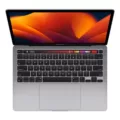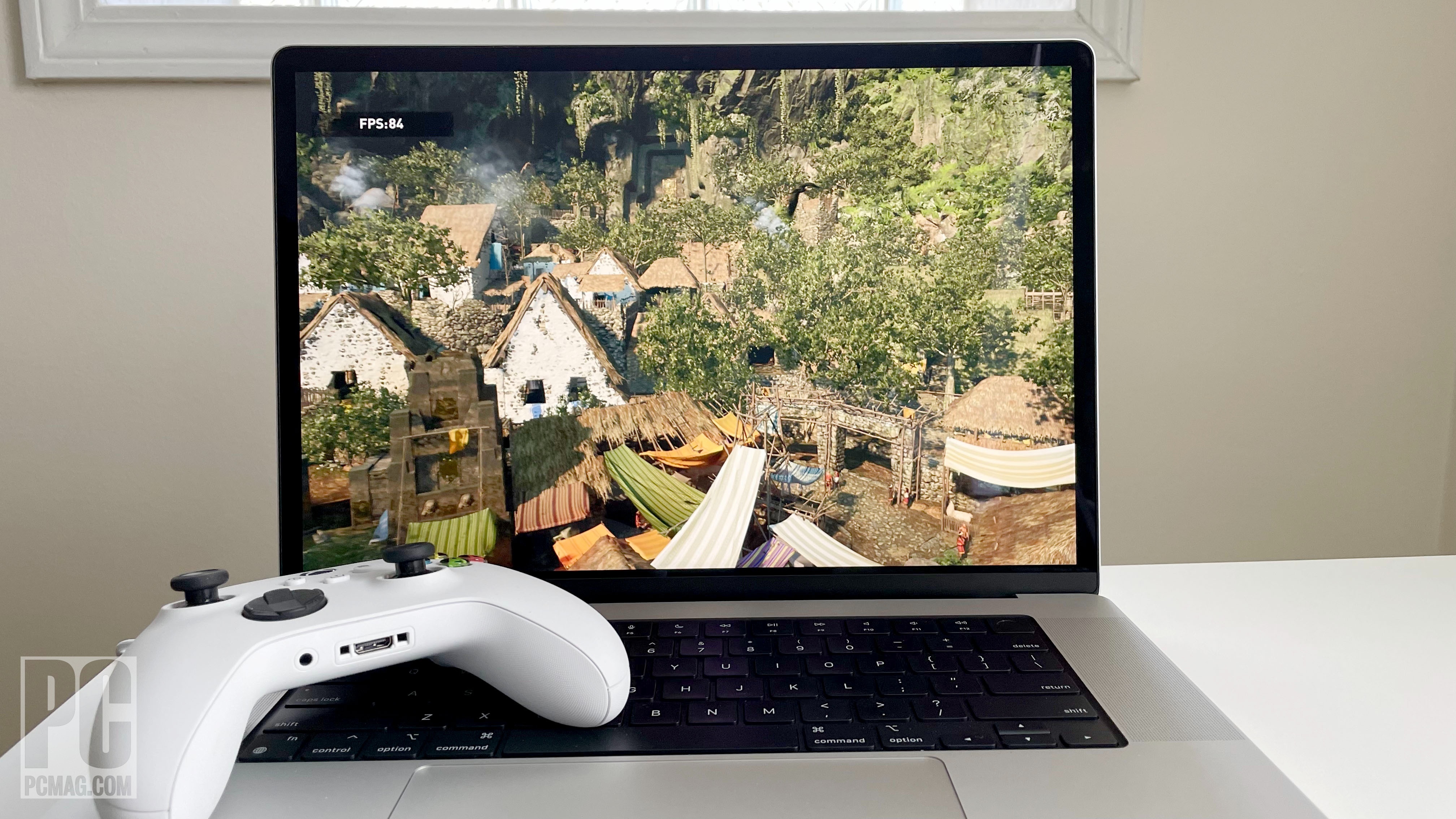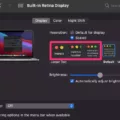The Lenovo Legion 5 is a powerhouse gaming laptop that offers impressive performance and a range of features that make it a top choice for gamers. In comparison to the MacBook Air M1, the Lenovo Legion 5 provides a different experience, focusing on gaming capabilities rather than general productivity.
When it comes to raw power, the Lenovo Legion 5 is equipped with the latest AMD Ryzen processors, offering up to 8 cores and 16 threads for exceptional multitasking and gaming performance. The MacBook Air M1, on the other hand, features Apple’s own M1 chip, which is specifically designed for energy efficiency and optimized for general computing tasks.
The display on the Lenovo Legion 5 is a 15.6-inch Full HD IPS panel with a fast 144Hz refresh rate, providing smooth and immersive gaming visuals. The MacBook Air M1, while impressive in its own right, features a smaller 13.3-inch Retina display with a resolution of 2560×1600 pixels. While the MacBook Air M1’s display is sharp and vibrant, it falls short in terms of refresh rate for gaming purposes.
In terms of storage and memory, the Lenovo Legion 5 offers various configurations with up to 1TB of SSD storage and up to 32GB of RAM. This allows for fast loading times and smooth gameplay. The MacBook Air M1, on the other hand, comes with either 256GB or 512GB of SSD storage and up to 16GB of RAM. While these specs are sufficient for everyday tasks, they may fall short for gamers who require more storage and memory for their games and applications.
When it comes to graphics performance, the Lenovo Legion 5 truly shines. It offers a range of NVIDIA GeForce RTX GPUs, including the powerful RTX 3070, which provides exceptional graphical capabilities for the latest games. The MacBook Air M1, on the other hand, features Apple’s integrated GPU, which is not as powerful as the dedicated graphics options available in the Lenovo Legion 5.
In terms of connectivity, the Lenovo Legion 5 offers a wide range of ports, including USB-C, USB-A, HDMI, and Ethernet, allowing for easy connection to peripherals and external displays. The MacBook Air M1, on the other hand, features limited ports, with only two Thunderbolt/USB 4 ports available. This may require users to purchase additional adapters or hubs to connect their devices.
When it comes to battery life, the MacBook Air M1 has a clear advantage. Thanks to its energy-efficient M1 chip, it can provide up to 15 hours of web browsing or 18 hours of video playback on a single charge. The Lenovo Legion 5, being a gaming laptop, consumes more power and offers a more modest battery life of around 5-6 hours.
In terms of operating systems, the Lenovo Legion 5 runs on Windows, which offers a wide range of software and gaming compatibility. The MacBook Air M1 runs on macOS, which is known for its seamless integration with other Apple devices and its user-friendly interface.
The Lenovo Legion 5 is a powerful gaming laptop that offers exceptional performance and a range of features tailored for gamers. While the MacBook Air M1 is a capable laptop in its own right, it prioritizes energy efficiency and general computing tasks over gaming capabilities. Ultimately, the choice between the Lenovo Legion 5 and the MacBook Air M1 depends on individual needs and preferences.
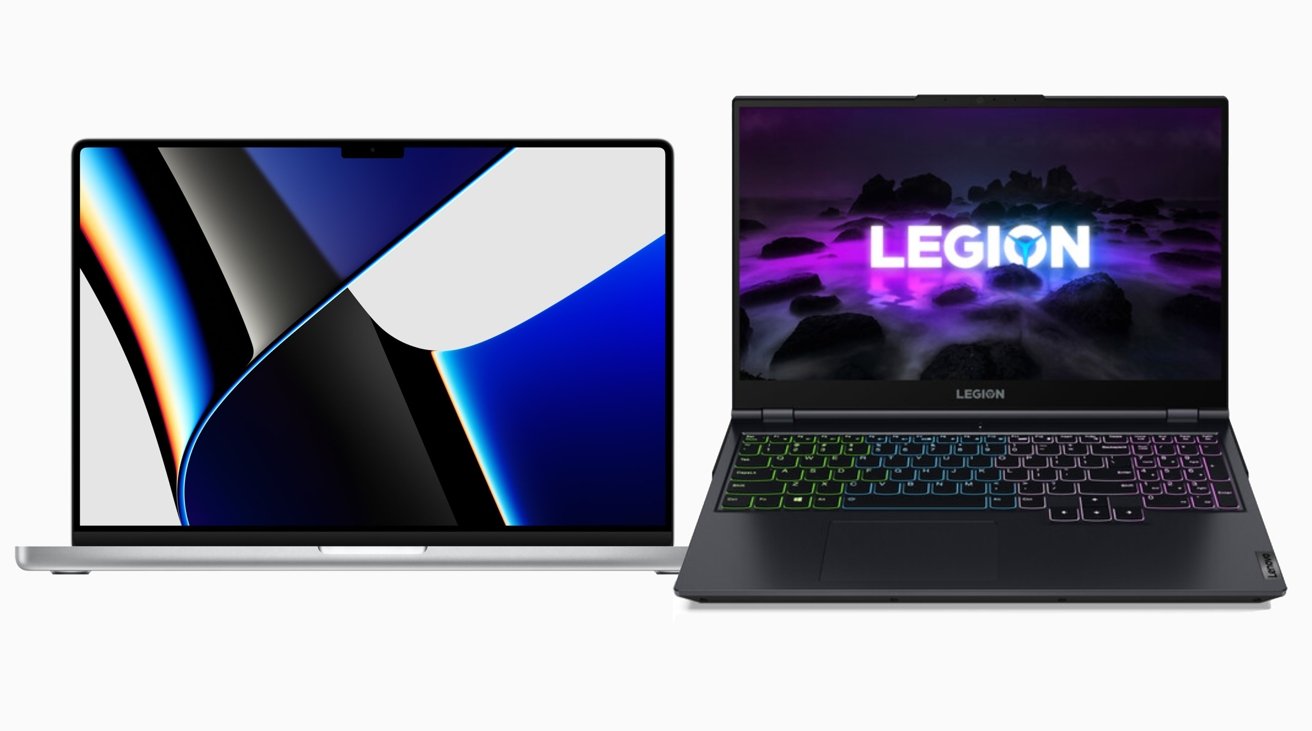
Which is Better Legion Or MacBook?
When comparing the Legion gaming laptop by Lenovo and the MacBook by Apple, it is essential to consider their respective features and capabilities to determine which one is better suited for your needs.
Display:
– The MacBook offers a sharper and brighter display with its Retina technology, providing stunning visuals and vibrant colors.
– The Legion, on the other hand, provides a standard display that may not be as visually impressive as the MacBook’s.
Touchpad:
– The MacBook features a larger and more responsive haptic touchpad, allowing for smoother navigation and precise control.
– The Legion’s touchpad may not be as spacious or as responsive as the MacBook’s, potentially impacting the user experience.
Audio:
– The MacBook typically offers better-sounding speakers, delivering richer and more immersive audio quality.
– While the Legion may have decent speakers, they may not match the audio performance of the MacBook.
Webcam:
– The MacBook generally comes with a better webcam, providing higher resolution and improved image quality for video calls and conferences.
– The Legion’s webcam may have a lower resolution and inferior image quality compared to the MacBook’s.
These factors contribute to the overall user experience when using the laptops. While the Legion may excel in gaming performance and have a more powerful processor, the MacBook offers a superior display, touchpad, audio, and webcam.
Ultimately, the choice between the Legion and MacBook depends on your specific needs and preferences. If gaming performance is a priority, the Legion may be the better option. However, if you value a top-notch display, smooth touchpad experience, excellent audio, and a high-quality webcam, the MacBook is the superior choice.
Is Lenovo As Good As Mac?
When comparing Lenovo and Mac, it’s important to consider various factors to determine which one is better suited for your needs. Both brands have their strengths and weaknesses, so it ultimately depends on your preferences and requirements.
1. Performance: The MacBook Pro’s M1 SoCs offer impressive performance, outperforming the ThinkPad’s Intel 11th Gen processors in most tasks. The M1 chip’s architecture is optimized for efficiency and power, resulting in faster processing speeds and longer battery life.
2. Graphics: While the MacBook Pro excels in overall performance, the ThinkPad has an advantage in terms of graphical performance. The ThinkPad offers higher-end GPU options, making it a better choice for tasks that require intensive graphical processing, such as gaming or video editing.
3. Ports and Connectivity: The ThinkPad typically offers more ports and connectivity options compared to the MacBook Pro. It often includes a greater number of USB ports, HDMI, Ethernet, and SD card slots, making it more convenient for users who require multiple peripheral devices or external displays.
4. Upgradability: One advantage of the ThinkPad is that it allows for user-upgradeable memory and storage. This means that you can easily increase the RAM or replace the storage drive to meet your evolving needs. In contrast, the MacBook Pro’s memory and storage are soldered to the motherboard, making it impossible to upgrade in the future.
The MacBook Pro’s M1 SoCs provide superior overall performance, but the ThinkPad offers better graphical performance and more connectivity options. Additionally, the ThinkPad allows for user-upgradeable memory and storage, which the MacBook Pro lacks. Ultimately, the choice between Lenovo and Mac depends on your specific requirements and preferences.
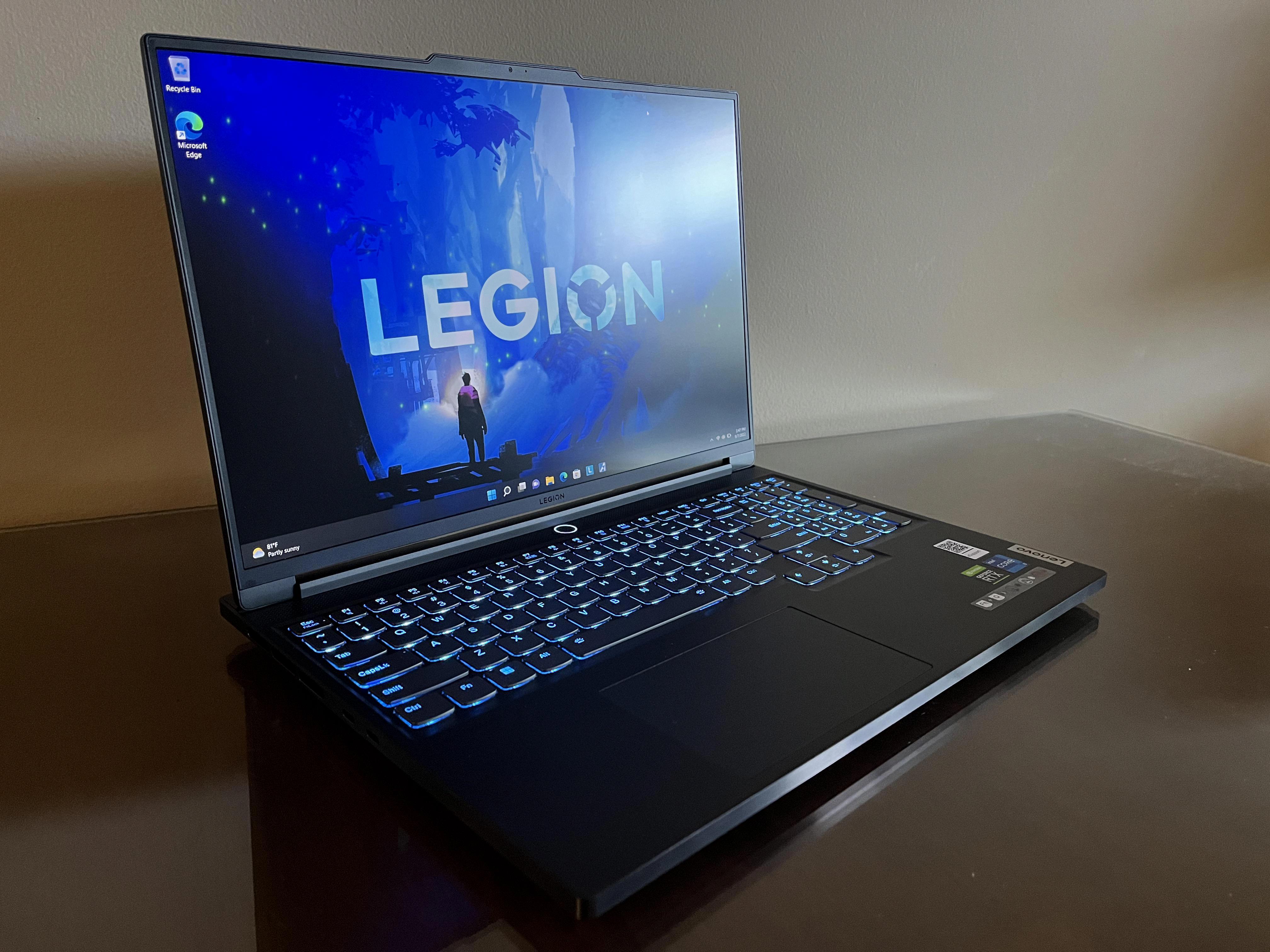
What is The MacBook Air M1 Equivalent To?
The MacBook Air M1 is a highly popular and powerful ultrabook model offered by Apple. If you are looking for alternatives to the MacBook Air M1, there are several options available in the market that provide similar features and performance. Here are the top 10 alternatives to consider:
1. Dell Latitude 3420 Laptop (11th Gen Core i5/ 8GB/ 1TB 256GB SSD/ Win10 Pro): This Dell laptop offers a powerful 11th generation Intel Core i5 processor, ample storage, and a professional-grade operating system.
2. Dell Vostro 3500 Laptop (11th Gen Core i5/ 16GB/ 1TB 256GB SSD/ Win10/ 2GB Graph): The Vostro 3500 is equipped with an 11th generation Core i5 processor, a large amount of RAM, and a dedicated graphics card for enhanced performance.
3. Dell Latitude 3400 Laptop (8th Gen Core i5/ 32GB/ 1TB/ Win10): This Dell Latitude model comes with an 8th generation Core i5 processor, a substantial amount of RAM, and a spacious hard drive for extensive storage needs.
4. HP Envy 13-aq1013dx Laptop (10th Gen Core i7/ 8GB/ 512GB SSD/ Win10): The HP Envy 13 offers a 10th generation Core i7 processor, a decent amount of RAM, and a fast SSD for quick data access.
5. Lenovo ThinkPad X1 Carbon Gen 8 Laptop (10th Gen Core i5/ 8GB/ 256GB SSD/ Win10 Pro): The ThinkPad X1 Carbon Gen 8 boasts a 10th generation Core i5 processor, sufficient RAM, and a solid-state drive for snappy performance.
6. Microsoft Surface Laptop 4 Laptop (11th Gen Core i5/ 8GB/ 256GB SSD/ Win10 Home): This Microsoft Surface Laptop variant features an 11th generation Core i5 processor, ample RAM, and a speedy SSD for smooth multitasking.
7. Asus ZenBook 14 UX425EA Laptop (11th Gen Core i5/ 8GB/ 512GB SSD/ Win10): The ZenBook 14 UX425EA from Asus offers an 11th generation Core i5 processor, a decent amount of RAM, and a spacious SSD for fast storage.
8. Acer Swift 5 Laptop (11th Gen Core i5/ 8GB/ 512GB SSD/ Win10 Home): The Acer Swift 5 boasts an 11th generation Core i5 processor, sufficient RAM, and a large SSD for seamless performance.
9. MSI Prestige 14 Evo A11M Laptop (11th Gen Core i7/ 16GB/ 512GB SSD/ Win10 Home): This MSI Prestige model features an 11th generation Core i7 processor, ample RAM, and a fast SSD for smooth operation.
10. Huawei MateBook X Pro Laptop (10th Gen Core i7/ 16GB/ 1TB SSD/ Win10 Home): The MateBook X Pro from Huawei offers a powerful 10th generation Core i7 processor, abundant RAM, and a large SSD for excellent performance.
These alternatives provide a range of options in terms of specifications, performance, and price. Whether you are a professional user, a student, or a casual user, one of these alternatives is likely to meet your needs and offer a comparable experience to the MacBook Air M1.
Is Lenovo Better Than Apple?
When comparing Lenovo and Apple laptops, it is important to consider various factors to determine which brand is better. While both brands offer high-quality laptops, Lenovo tends to perform better in terms of overall performance and value for money.
Here are some reasons why Lenovo is considered better than Apple:
1. Price: Lenovo laptops are generally more affordable compared to Apple laptops. This makes Lenovo a more suitable option for those on a budget or looking for better value for their money.
2. Customizability: Lenovo laptops offer more options for customization, allowing users to select the specific components and specifications that meet their needs. In contrast, Apple laptops have limited customization options, with users mainly having to choose from pre-configured models.
3. Compatibility: Lenovo laptops are compatible with a wider range of software and hardware compared to Apple laptops. This is particularly important for individuals who rely on specific software or peripherals that may not be compatible with Apple’s macOS.
4. Flexibility: Lenovo laptops are known for their versatility and flexibility. They offer a variety of models that cater to different user requirements, such as gaming laptops, business laptops, and ultrabooks. Apple laptops, on the other hand, have a more limited range of options and are primarily focused on design and user experience.
5. Durability: Lenovo laptops are renowned for their durability and robust build quality. They are designed to withstand tough conditions and are often used in business and enterprise environments. Apple laptops, while well-built, may be more prone to damage due to their sleek and lightweight design.
6. Performance: Lenovo laptops generally offer better performance in terms of processing power, graphics capabilities, and multitasking capabilities. This is especially true for gaming and high-performance tasks, where Lenovo laptops often outperform Apple laptops.
It is important to note that Apple laptops have their own strengths, such as their sleek design, user-friendly interface, and access to a wide range of exclusive software and apps. However, in terms of overall performance, customizability, and value for money, Lenovo laptops tend to outshine Apple laptops.
While both Lenovo and Apple offer high-quality laptops, Lenovo is considered better due to its affordability, customization options, compatibility, flexibility, durability, and overall performance.

